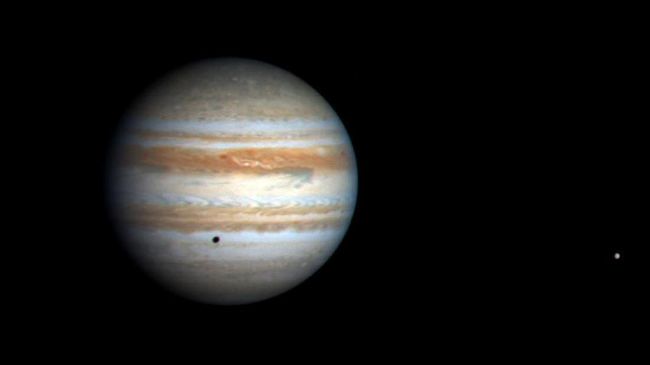The University of Michigan declared a handwritten manuscript by Galileo Galilei to be a forged document.
Previously, the historic piece of paper was in the collection of the University of Michigan Library. However, an internal investigation by a history professor has proven this document to be a fake.
The professor’s search found watermarks on paper no younger than the 18th century. Galileo himself is known to have died on January 8, 1642, so documents originating after that period can be confirmed as fake documents.
“It was heartbreaking when we first learned that our Galileo (collection) wasn’t actually Galileo,” said Donna L. Hayward, interim dean of the Michigan library, as quoted by Live Science.
The University of Michigan has owned the manuscript since 1938 from a donation from Tracy McGregor, a businessman from Detroit, United States (US) who had obtained the document at another collector’s auction in 1934.
According to the University of Michigan Library, a 1934 auction catalog claims Cardinal Pietro Maffi (1858-1931), Archbishop of Pisa, has authenticated the manuscript by comparing it to other Galileo letters in his collection.
The upper part of the manuscript is a draft of a letter that Galileo wrote before his presentation of the new telescope to the Doge of Venice in 1609. Meanwhile, the lower part of the document is a set of records of Jupiter’s moons.
One of the suspicious researchers at the manuscript is Nick Wilding, a historian at Georgia State University. Wilding looked at the image of the document and suspected something was wrong.
In his opinion, the ink, handwriting, and some of the word choices seemed odd for a 17th century document. Wilding emailed University of Michigan Library curator Pablo Alvarez in May 2022 out of his suspicions, and the University of Michigan launched an internal investigation.
Three months later, the university confirmed Wilding’s suspicions. The document was not written by Galileo, but most likely by Tobia Nicotra, a prolific Italian forger operating in the 1920s and 1930s.
Quoting Britannica , Galileo Galilei was an Italian scientist who was born on February 15, 1564 to January 8, 1642. Apart from being an astronomer, he was also a physicist and philosopher.
In 1610, Galileo was credited with discovering Jupiter’s four moons. For this reason, the four moons of Jupiter are also known as the Galilean Moons.
One of the controversial claims of Galelio is when he mentions the Earth revolves around the Sun. In his time, this claim contradicted the church’s claim that the Earth was the center of the Solar System.
